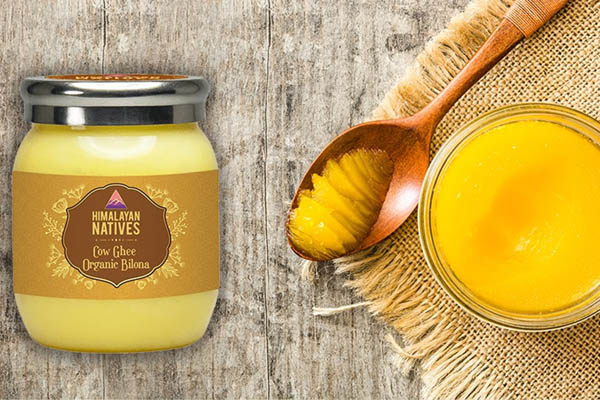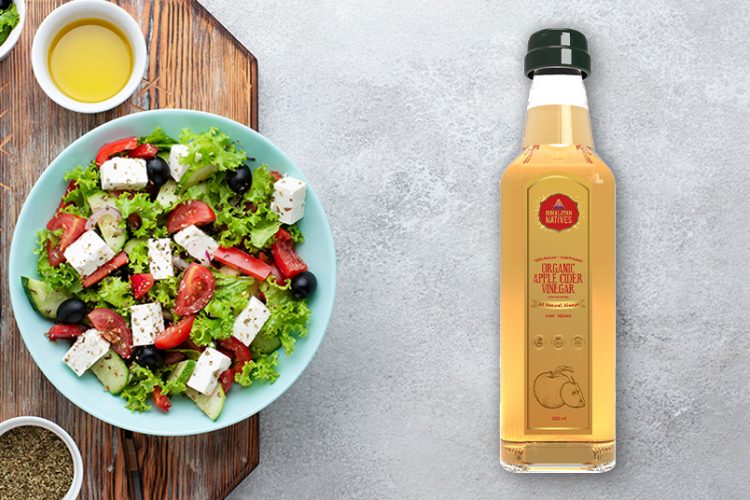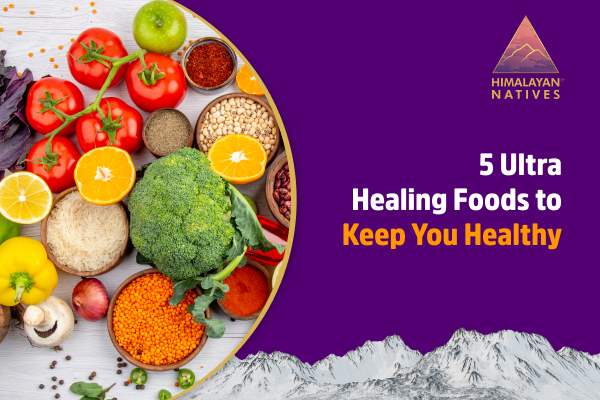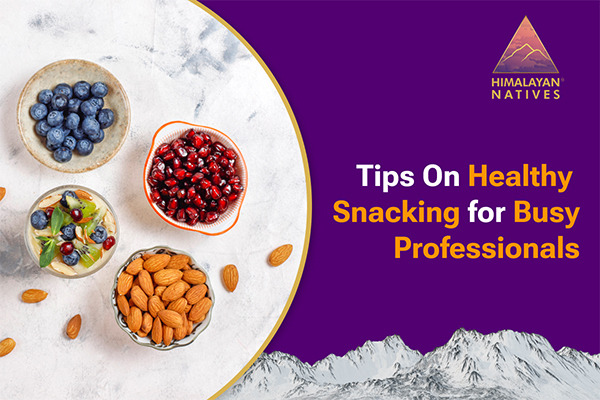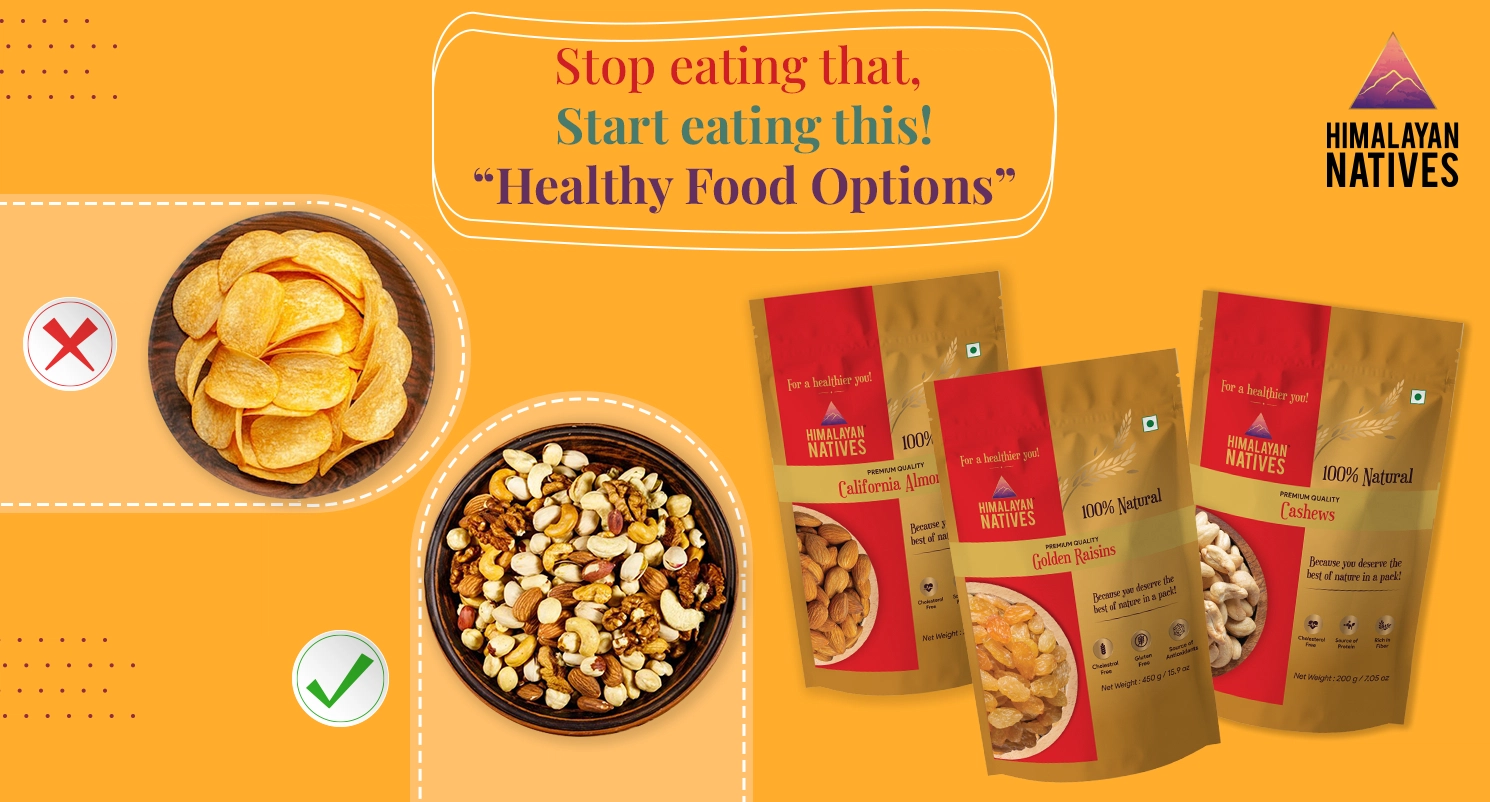
Call incoming. Boss has asked to submit the assignment by EOD.
Call incoming. Mom has asked to pay the electricity bill as it’s the last day.
Call incoming: Your child reminded you to pay his school fees.
Call incoming: Your junior called to get his project reviewed.
Call incoming. Your partner called to whether you’ve had your lunch or not.
This is when it struck you that you didn’t have your lunch and munched on vadapav because it was much faster than opening up the lunch box and eating your roti sabzi. In this hectic lifestyle, people are forgetting the disadvantages of unhealthy food and are eating whatever is easy and quick to be eaten.
We are intaking more unhealthy calories than we should and this is the reason why the obesity charts are floating high, people are facing heart problems at a young age, bone density has decreased, and the list goes on.
Now that we know the problem, let’s jump into the solution. This blog is about making the right food choices, by switching from what you have to what you should have, not exceeding the required amount of calories.
Did you know that Japan is the world’s no. 1 country to have the healthiest people with a life expectancy of 84 years and above?
Wait hold on. Can we make the right food choices before knowing how much we should consume? Exactly we didn’t think so either. Let’s look at the calorie intake required by both genders at different ages.
The biggest myth in our minds is the fact that eating all home cooked meals are healthy and would help in maintaining weight. The deep fried pakoras, the grilled cheese sandwiches, the shelves filled with namkeens, etc. To know more in depth about the meaning of Healthy eating visit our Instagram post.
So stop eating those food products and start eating these healthy food options:
1) Switch to Dry Fruits:
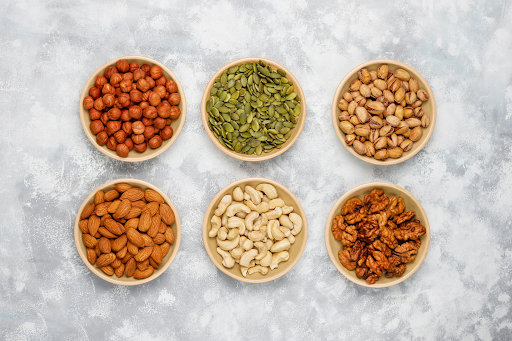
How many times have we walked past the kitchen and just munched on bhujia or chips, just because you saw it lying on the shelves? Do you know how many calories a small cup of namkeen contains? 300-400 calories. This exceeds the calorie intake of your entire meal. To get rid of this, start using a healthier substitute that is perfect for munching. Yes, we are talking about dry fruits and nuts. One bowl of dry fruits gives you an immense nutrient quotient, keeps you full, reduces heart risk, strengthens bone density, and improves overall health.
Let’s look at the nutritional values these nuts contain
2) Switch to Dal Chillas

Parathas are a common breakfast or lunch option in many regions. They are filling, delicious, and can be made with any vegetable and you cannot stop at 1, right? But they have a dark side to them. Do you want to know what that is? It is the calories they carry. One oil/butter dripped paratha carries about 280 kcal and having 2 makes it 560 kcal in just one sitting.
The best alternative to these is dal chillas. They are quick to make and taste delicious. Dal chillas carry about 128 kcal per piece so you can easily have 2. There are various types of dals that you can choose from; such as moong daal, urad dal, toor dal, and much more.
Dals/lentils are a great source of complex carbohydrates and fibre while being low in calories which makes them the best alternative for your parathas.
You can also make Chilla from flax seeds which are equally nutritious and healthy.
3) Switch to Baked Veg Pakoras
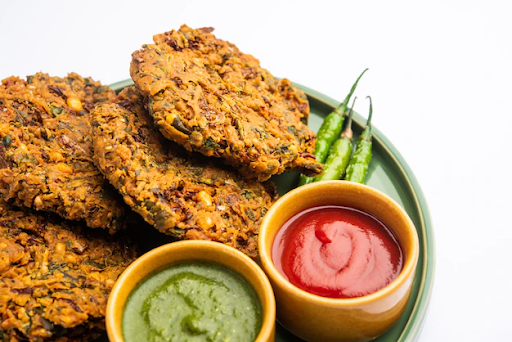
Pakorass… I can just hear the pakora being fried. Those deep fried heavenly tasting pakoras are India’s favourite way of celebrating monsoon, hosting guests, and all occasions. We eat a plate full of pakoras in no time which contains a minimum of 6 pieces. That dish carries about 320 kcal. Yes, that is right. Easy to consume and hard to burn, right?
The easiest alternative for these fried pakoras is baked pakoras. They are equally delicious, equal in shape and size, just lesser in calories, what’s better than that, right? A serving of 6 pieces of baked pakora has 120 kcal.
Isn’t it amazing?
Also, don’t forget to read our blog 5 Common Myths of Healthy Eating to learn more about healthy living. Let’s start this journey the right way.
Now that we have covered the alternatives, let us dive into a few tips on how you can save time on preparing meals:
Make a weekly healthy diet menu to avoid wasting time on thinking ‘what to cook’ later
Shop for groceries weekly once or twice.
Wash and cut all your vegetables twice a week.
Have Quinoa in your pantry. It cooks faster, tastes better, and is healthier
Keep the utensils to be used on the platform instead of putting them away.
Frequently Asked Questions (FAQs):
Q1) How can I start eating healthy?
Answer: the first step would be to eliminate junk from your diet, and the second would be to switch to natural food products instead of processed ones. Visit our website to shop for 100% natural food products.
Q2) What are the benefits of healthy eating?
Answer: Eating healthy has a lot of advantages such as balanced blood sugar levels, weight management, reduced risk of heart diseases, strong bones, late ageing, etc.
Q3) What nutrients do men need daily?
Answer: Different age groups of men have different required calorie intakes per day. On the average 15 -30 age group, men require to intake 2800 calories per day.
Q4) Is adapting to a healthy lifestyle difficult?
Answer: It is only difficult if you think it is difficult because everything is in our minds. You should always start taking smaller steps like switching from sugar to jaggery, chips to dry fruits, etc so you don’t overwhelm yourself.
We can achieve anything we want to if we aim and work for it. No one get’s healthier overnight, no one achieves success overnight, and no one gets wise overnight. Set a goal and work towards it. Your willingness to gain it, your dedication and your trust in yourself will lead to life changing results.
Change = Growth
Growth = Better You
See you on the healthier side soon :) HELPFUL0 people found it helpful
HELPFUL0 people found it helpful
Related Blogs
Subscribe to Our Blogs
and never miss on the latest update!







